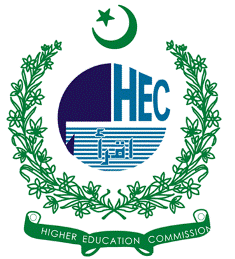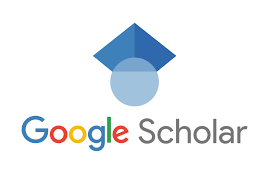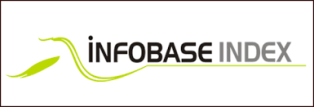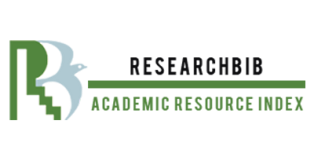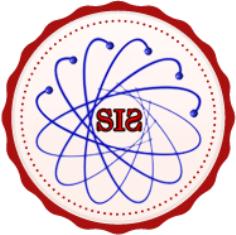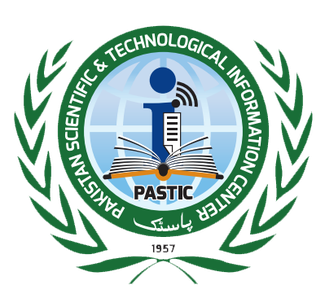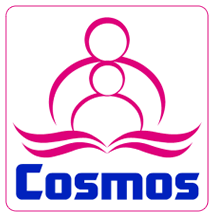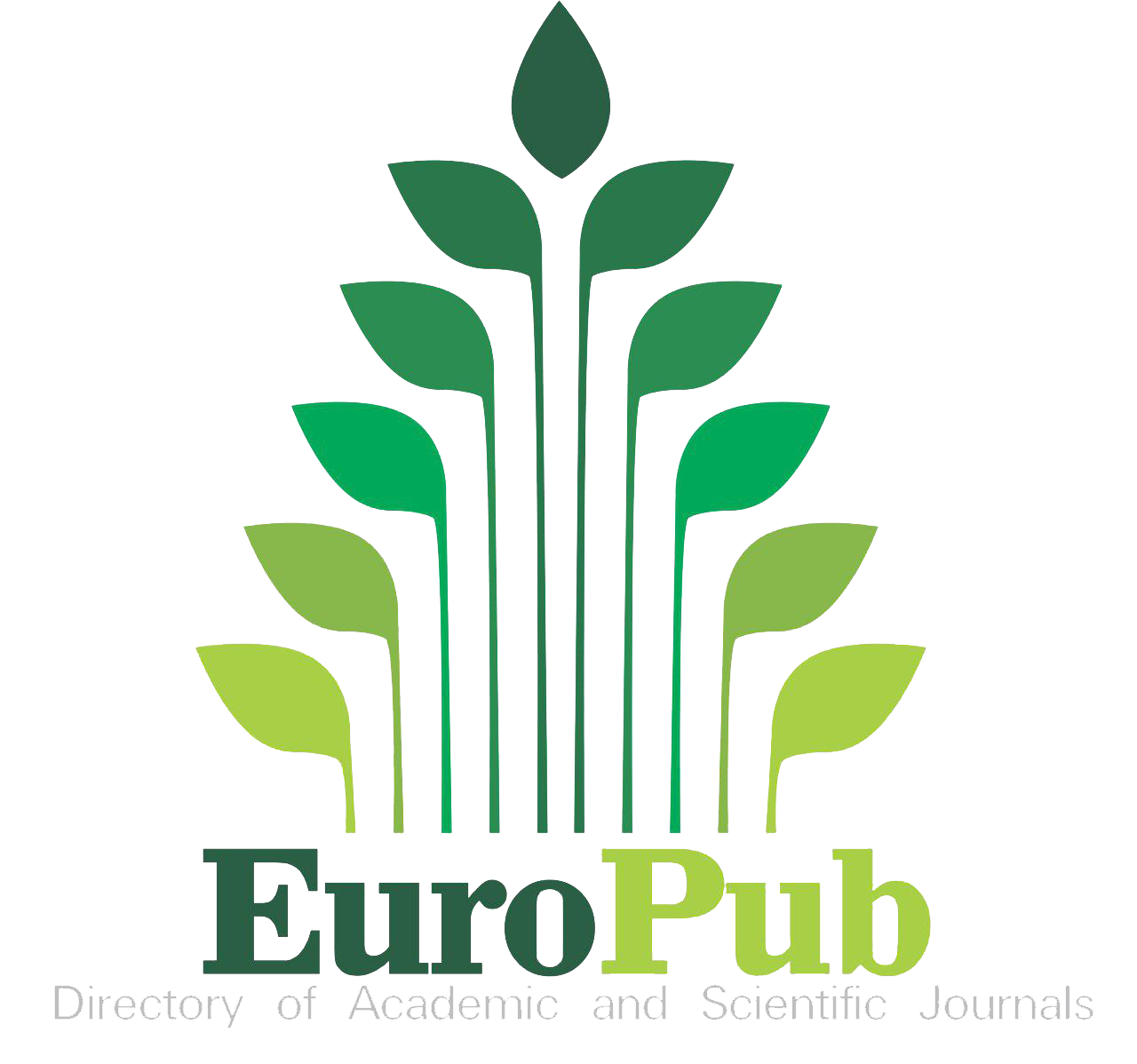Improving Communication Quality Through Anonymous Communication: An Experimental Study using ANONI Application
Keywords:
Quality Communication, Shyness, Anonymous Communication, SustainabilityAbstract
Quality of communication is closely related to quality education, United Nations Sustainable Goal. The performance of students can be analyzed through effective communication between students with their instructors. Multiple reasons cause poor or ineffective communication from students, for instance, shyness, fear of being criticized, and nervousness. Communication in anonymous mode is explored by various research studies. It is noticeable from the literature that students’ participation is directly related to anonymous communicationincrease. Although anonymous communication has a positive effect on student participation, this anonymous factor also causes disruptions or unanticipated negative intrusions during class discussions. This study aims to improve the quality of anonymous communication and explore the impact of anonymous communication on students with less participation. The study's objective has been achieved about undergraduates enrolled in software engineering programs. The reward-based synchronous & asynchronous web application named “ANONI” was utilized for this purpose. The results show a positive increase in participation and constructive communication of students during the session, as only 2 off-task activities were observed.
References
L. M. C. Castro, J. P. Quintana-Cifuentes, and S. Watson, “WIP: Exploring the viability of a Bi-directional Skill-Based Mentoring Program on Communication Skills for Graduate Students in Education and Computer Science Students,” Proc. - Front. Educ. Conf. FIE, 2024, doi: 10.1109/FIE61694.2024.10893490.
D. S. Suyatno Suyatno, Siti Urbayatun, Ika Maryani, Caraka Bhakti, “Teacher Pedagogic Communication for Effective Learning,” Proc. First Int. Conf. Progress. Civ. Soc. (ICONPROCS 2019), 2019, [Online]. Available: https://www.atlantis-press.com/proceedings/iconprocs-19/125908557
A. Cheriguene, T. Kabache, C. A. Kerrache, C. T. Calafate, and J. C. Cano, “NOTA: a novel online teaching and assessment scheme using Blockchain for emergency cases,” Educ. Inf. Technol., vol. 27, no. 1, pp. 115–132, Jan. 2022, doi: 10.1007/S10639-021-10629-6/METRICS.
A. K. P. Glory Amadi, “Influence of Student-Teacher Communication on Students’ Academic Achievement for Effective Teaching and Learning,” Am. J. Educ. Res., vol. 5, no. 10, pp. 1102–1107, 2017, [Online]. Available: https://pubs.sciepub.com/education/5/10/12/
T. C. Hsu, “Behavioural sequential analysis of using an instant response application to enhance peer interactions in a flipped classroom,” Interact. Learn. Environ., vol. 26, no. 1, pp. 91–105, Jan. 2018, doi: 10.1080/10494820.2017.1283332;SUBPAGE:STRING:ACCESS.
M. J. Rodríguez-Triana, A. Holzer, L. P. Prieto, and D. Gillet, “Examining the Effects of Social Media in Co-located Classrooms: A Case Study Based on SpeakUp,” Lect. Notes Comput. Sci. (including Subser. Lect. Notes Artif. Intell. Lect. Notes Bioinformatics), vol. 9891 LNCS, pp. 247–262, 2016, doi: 10.1007/978-3-319-45153-4_19.
B.-S. J. Chien-Hung Lai, “Use of a Mobile Anonymous Question-Raising System to Assist Flipped-Classroom Learning,” Int. J. Interact. Mob. Technol., vol. 14, no. 3, pp. 66–81, 2020, doi: https://doi.org/10.3991/ijim.v14i03.11722.
Holzer Adrian, “Speakup in the classroom: anonymous temporary social media for better interactions,” CHI’14 Ext. Abstr. Hum. Factors Comput. Syst., pp. 1171–1176, 2014.
M. J. Rodriguez-Triana, L. P. Prieto, A. Holzer, and D. Gillet, “Instruction, Student Engagement, and Learning Outcomes: A Case Study Using Anonymous Social Media in a Face-to-Face Classroom,” IEEE Trans. Learn. Technol., vol. 13, no. 4, pp. 718–733, Oct. 2020, doi: 10.1109/TLT.2020.2995557.
A. B. Sakpere, “Using social platforms to increase engagement in teaching computer programming,” Conf. Hum. Factors Comput. Syst. - Proc., May 2019, doi: 10.1145/3290607.3313085.
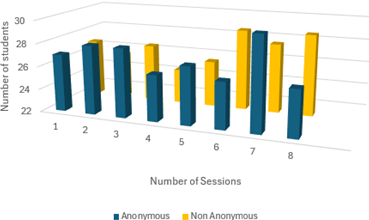
Downloads
Published
How to Cite
Issue
Section
License
Copyright (c) 2025 50sea

This work is licensed under a Creative Commons Attribution 4.0 International License.

